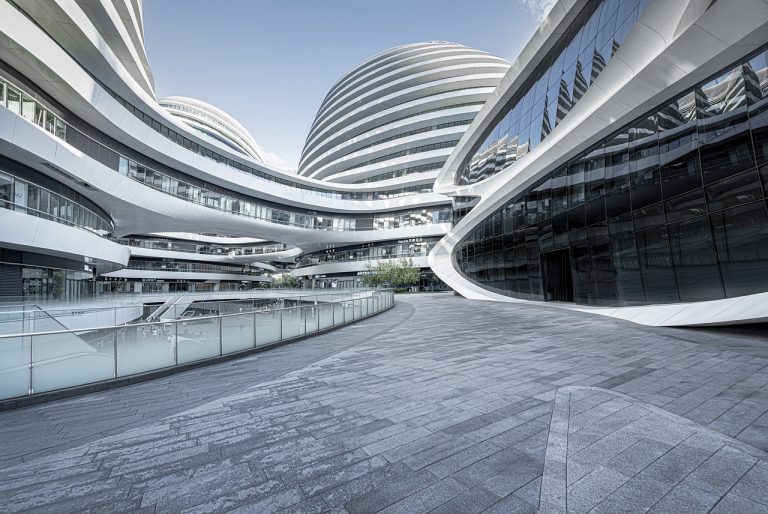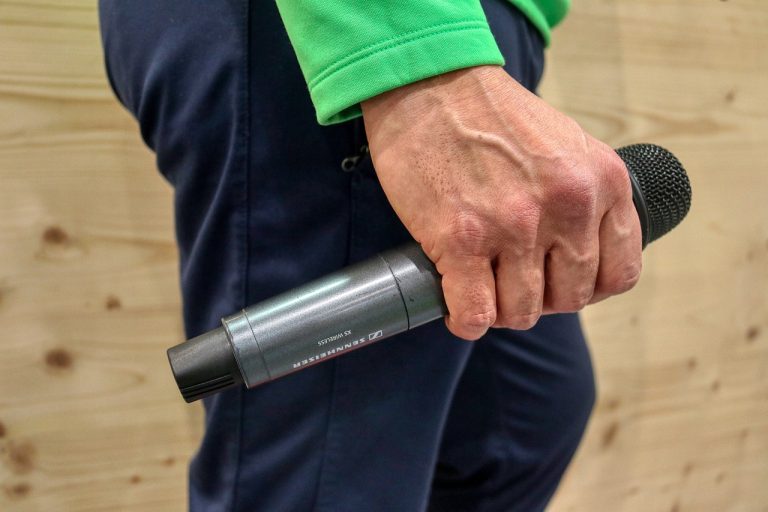When it comes to maintaining a comfortable indoor environment, a properly functioning HVAC (Heating, Ventilation, and Air Conditioning) system is crucial. Whether you’re building a new home or upgrading an existing system, understanding the HVAC installation process can help ensure that you make informed decisions. This article provides an overview of what to expect during HVAC installation, key considerations, and tips for a successful setup.
### Understanding HVAC Systems
HVAC systems are designed to regulate indoor temperature, humidity, and air quality. They consist of various components, including heating units, air conditioning units, ductwork, and ventilation systems. The installation of these systems can vary significantly based on the type of system chosen, the size of the space, and local building codes.
### Planning Your HVAC Installation
Before diving into the installation process, it’s essential to plan accordingly. Here are some steps to consider:
1. **Assess Your Needs**: Evaluate the size of your home and the specific heating and cooling requirements. Factors such as insulation, window placement, and the local climate will influence the type and size of the HVAC system you need.
2. **Choose the Right System**: There are various types of HVAC systems, including central air conditioning, ductless mini-splits, and heat pumps. Each system has its advantages and disadvantages, so it’s important to research which one fits your needs best.
3. **Consult a Professional**: While DIY installation might seem tempting, HVAC systems require a level of expertise that is best handled by professionals. Consulting with an expert can help you understand the installation process and ensure that everything is up to code.
### The Installation Process
The actual HVAC installation process can typically be broken down into several key stages:
1. **Removal of Old Units**: If you’re replacing an existing system, the first step is to safely remove the old units. This may involve disconnecting electrical components, refrigerant lines, and ductwork.
2. **Installing New Equipment**: Once the old system is removed, the new HVAC units can be installed. This includes placing the furnace, air conditioning unit, or heat pump in the designated areas. Proper placement is crucial for efficiency and effectiveness.
3. **Ductwork and Ventilation**: If your system requires ductwork, this will be installed next. Proper duct sizing and sealing are essential to ensure optimal airflow and energy efficiency. Ventilation systems may also be integrated at this stage to enhance air quality.
4. **Electrical Connections**: Connecting the HVAC system to the electrical supply is a critical step. This should be done by a qualified electrician to ensure safety and compliance with local codes.
5. **Testing and Calibration**: After installation, the system must be thoroughly tested to ensure it operates correctly. This includes checking for leaks, ensuring proper airflow, and calibrating the thermostat.
### Maintenance Tips After Installation
Once your HVAC system is installed, regular maintenance is key to ensuring its longevity and efficiency. Here are some maintenance tips:
– **Change Filters Regularly**: Dirty filters can restrict airflow and reduce efficiency. Check and replace filters every 1-3 months, depending on usage.
– **Schedule Annual Inspections**: Having a professional inspect your system annually can help identify potential issues before they become major problems.
– **Keep Outdoor Units Clear**: Ensure that outdoor units are free from debris, leaves, and snow to maintain proper airflow and efficiency.
### Conclusion
HVAC installation is a significant investment in your home’s comfort and energy efficiency. By understanding the process and planning accordingly, you can ensure a successful installation that meets your needs. For more information on professional hvac installation services, consider consulting with experts who can guide you through the process and provide tailored solutions for your home. Remember, a well-installed HVAC system can lead to improved air quality, comfort, and energy savings for years to come.







